Did Early Humans Invent Hot Pot in Geothermal Pools?
A mystery microbe found at Olduvai Gorge inspired scientists to speculate about the origins of cooking.
You’d be hard-pressed to find a cradle as old and dusty as Olduvai Gorge. Located in northern Tanzania, the arid archaeological sites at Olduvai have disgorged some of the earliest hominin fossils, from our ancient ancestors Homo habilis and Homo erectus all the way up to Homo sapiens, or modern humans. The gorge has also given up some of the earliest-known tools, particularly Acheulean stone handaxes that scientists consider a formative step in human development.
But Olduvai Gorge wasn’t always so dry and dusty—and in fact, it once had something in common with the hot springs of Yellowstone National Park. Recently, a surprise discovery by an interdisciplinary team of archaeologists, geologists, and geochemists suggested that this cradle of our species was filled with soupy, steamy geothermal pools. According to the team, the hot springs might even have been ripe for old-fashioned culinary experimentation by our distant hominin ancestors.
“The major finding is that we contemplate a new resource for humans to process food,” says Ainara Sistiaga, a geoarchaeologist and geochemist at the University of Copenhagen, and the lead author of a recent paper in Proceedings of the National Academy of Sciences. “The paper opens a window to stop focusing on there being fire or there not being fire, to say there are other ways to cook and we should be looking for them.”
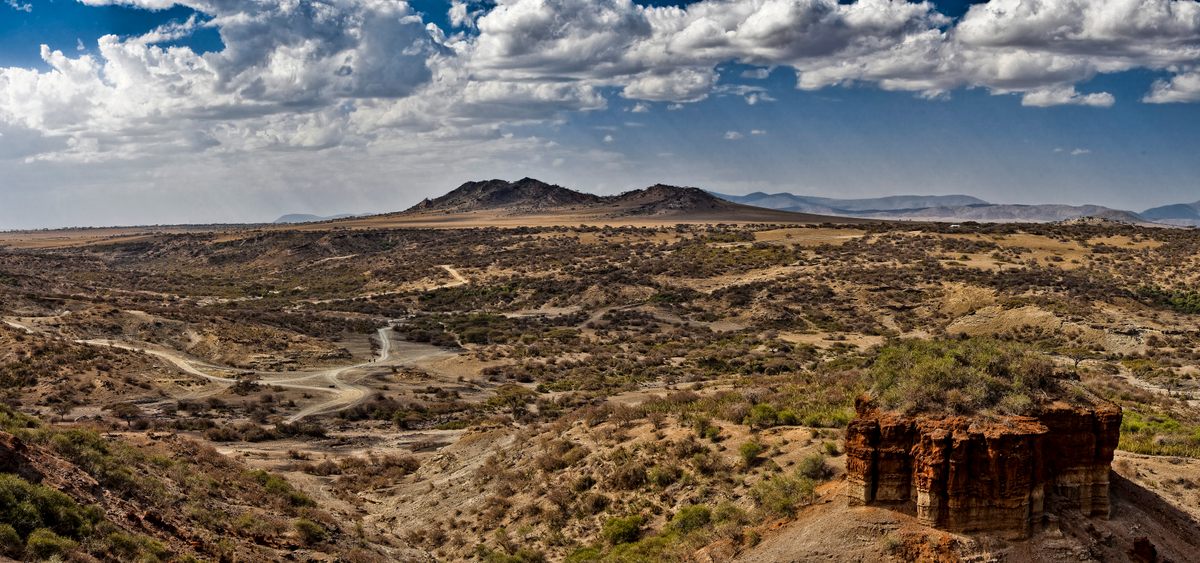

In 2016, Sistiaga travelled to Olduvai to collect rock samples that would help tell the story of the ancient ecosystem. She worked between two geological layers that were 1.7 and 1.8 million years old, and that captured the moment when the water started to disappear. “The 1.8 million-year-old layer is a very dark, clay layer,” she says, “and then suddenly everything is sand.”
The paleoenvironment of Olduvai is preserved on a microscopic level, allowing researchers to look very closely at the ancient dirt to find what used to live there. Beyond the early human jawbones and Acheulean handaxes, some lipids—a type of organic compound—are left over from the waxy surfaces of long-gone leaves, and in the molecular makeup of ancient algae.
As the team sorted through the various fossilized microorganisms that made up Olduvai’s lush prehistory, the team found one—Thermocrinus ruber—that didn’t seem to belong. It’s a bacteria that still exists today in Yellowstone National Park, an extremophile that thrives in waters that are at least 185 degrees Fahrenheit. In an area already known for volcanism and geological change, all signs pointed to geothermal pools.
The project had set out “to reconstruct this environment and look at resources that these folks had, and see how that related to the dawn of the Acheulean,” says Fatima Husain, a geochemist at the Massachusetts Institute of Technology and a co-author of the paper. “It just took us by surprise to come up with this.”
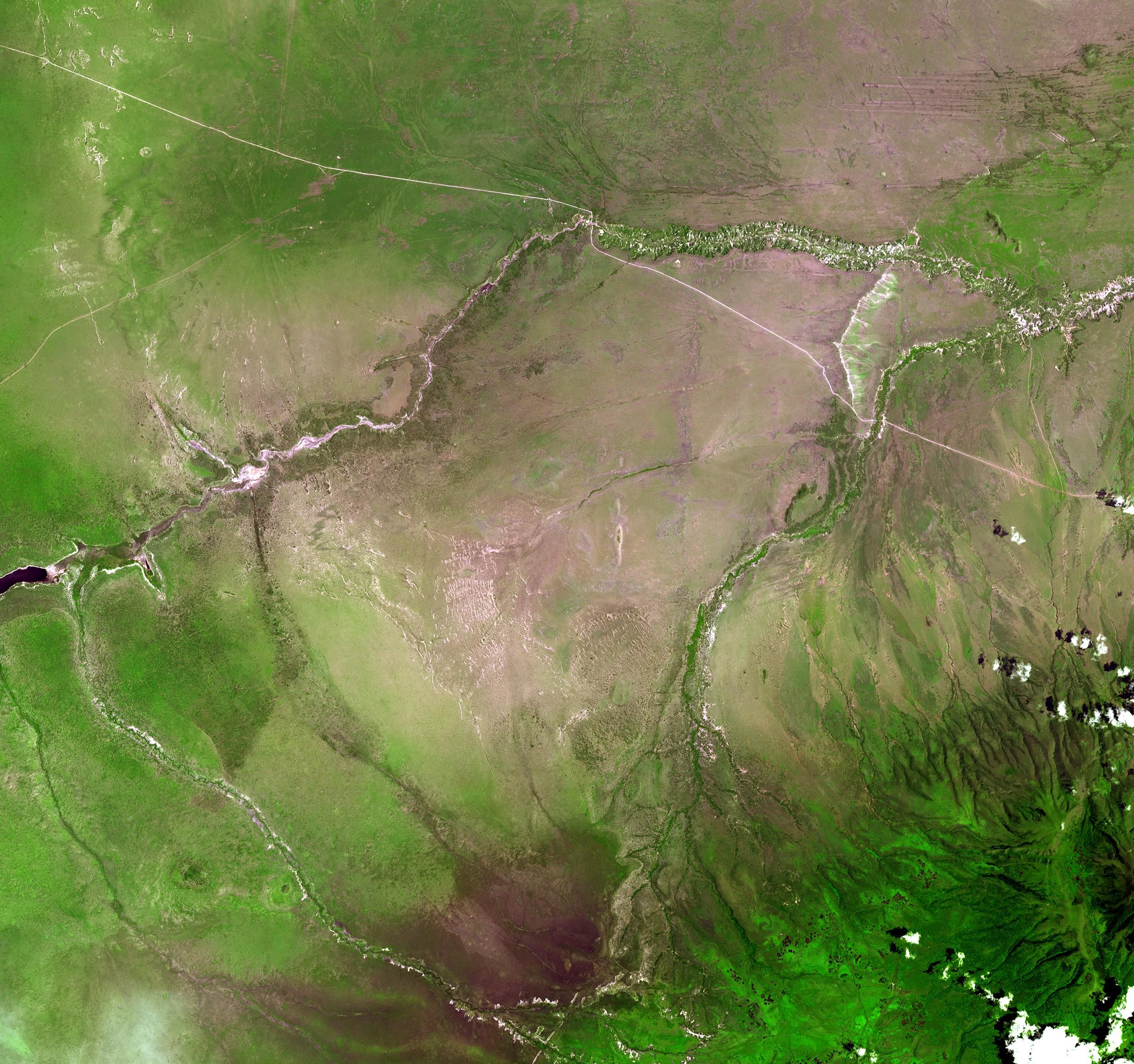
The discovery got the team thinking about food. “There’s this long-term drying trend in the region, and you suddenly find that these people had access to all this really interesting vegetation that they could have eaten,” Husain says. “They have access to these hydrothermal pools that were hot enough that they could help gelatinize some starches, or perhaps even cook some meat. I mean, you think, ‘Okay, these hominins were really damn lucky.’”
Traditionally, archaeologists have studied the history of cooking by looking for evidence of controlled fires. But if Olduvai was home to hot springs, early humans could have eaten unfortunate creatures that fell into the waters, or could have inventively popped tubers in with a stick, almost like roasting a marshmallow over an open flame.
“The authors speculate that these hot springs might have been used by these hominins for cooking,” writes Peter Ungar, a paleontologist at the University of Arkansas who was not affiliated with the paper, in an email. “Of course, the presence of hot springs does not mean that hominins were using them to cook food 1.7 [million years ago]—but it does raise the possibility.”

The idea is not without precedent. The Māori people of New Zealand have historically used geothermal springs to cook meat, and hot springs have fueled traditional foods such as Iceland’s hot-spring bread and the volcanically heated cozido stew of the Azores.
The health-related reasons for cooking with water are straightforward. “Cooking meat in close to boiling water would have removed several of the bacterial hazards that eating raw meat would have posited to early humans,” writes Manuel Domínguez-Rodrigo, a co-founder of the Olduvai Paleoanthropology and Paleoecology Project and a co-author of the recent paper, in an email. “Even simpler creatures than humans, such as Japanese macaques, seem to grasp the utility of hot water in springs by exposing their food to them. This, if further supported, would open the possibility to a pre-fire stage of cooking in our evolution.”
More work will have to be done to see whether the prehistoric hot springs at Olduvai Gorge were used for food. If they were, cooking may have been less a sudden spark of ingenuity, and more of a slow simmer.
Gastro Obscura covers the world’s most wondrous food and drink.
Sign up for our regular newsletter.



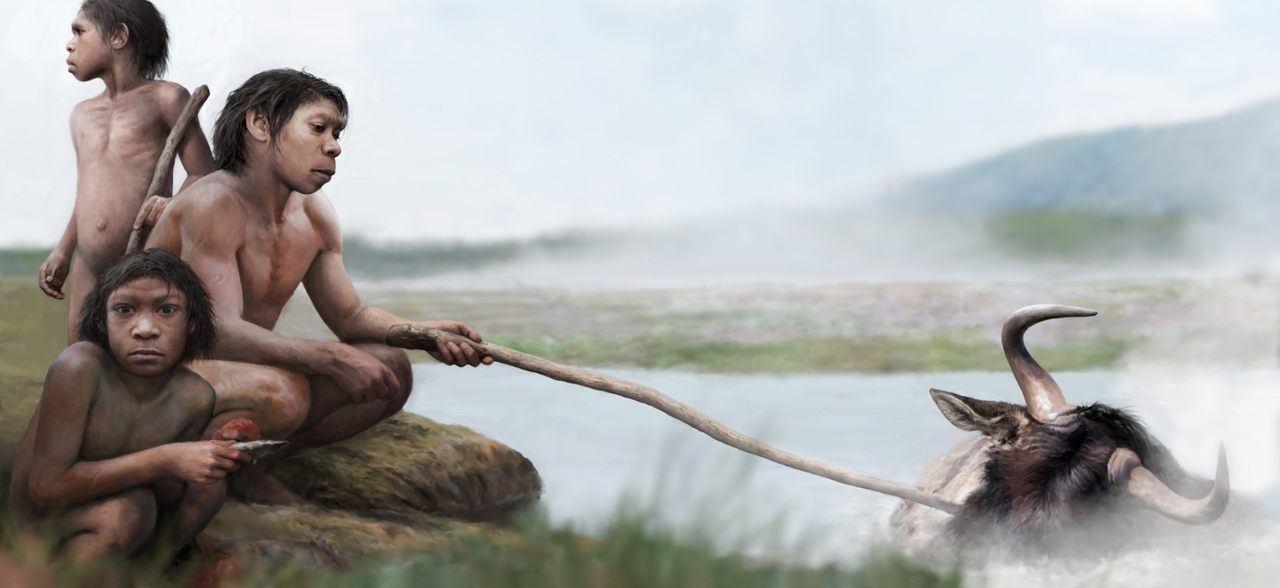

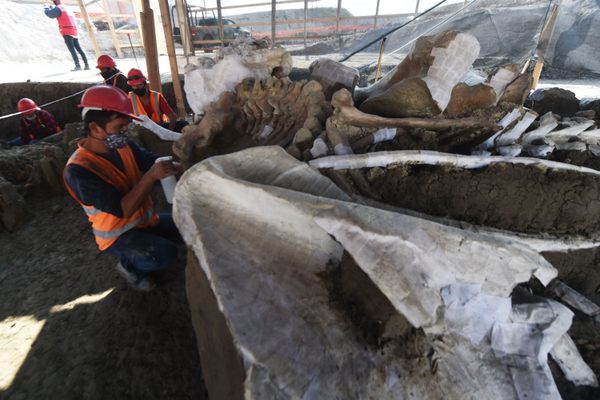

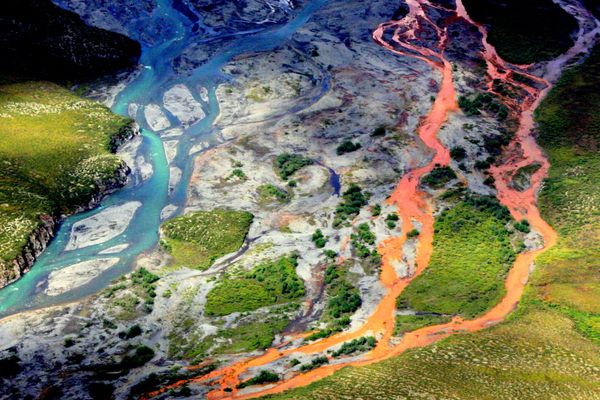
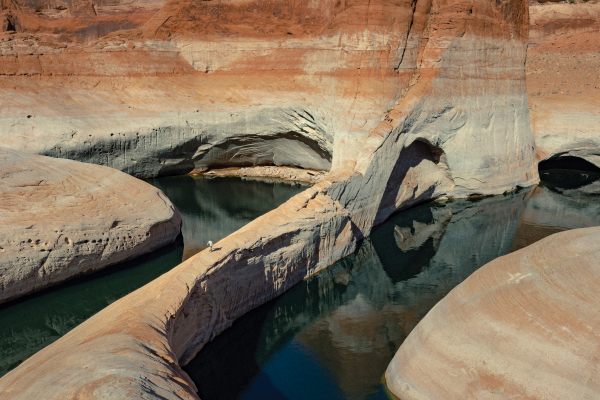
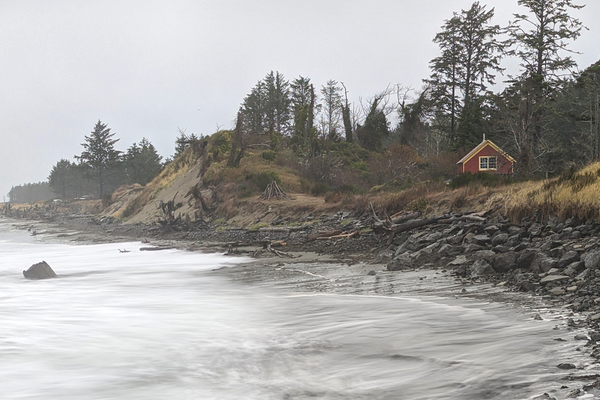






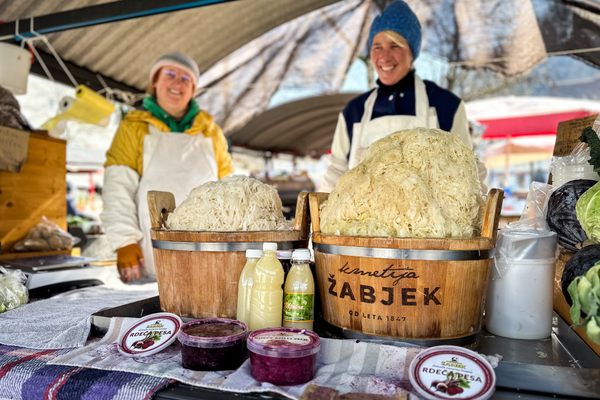


Follow us on Twitter to get the latest on the world's hidden wonders.
Like us on Facebook to get the latest on the world's hidden wonders.
Follow us on Twitter Like us on Facebook